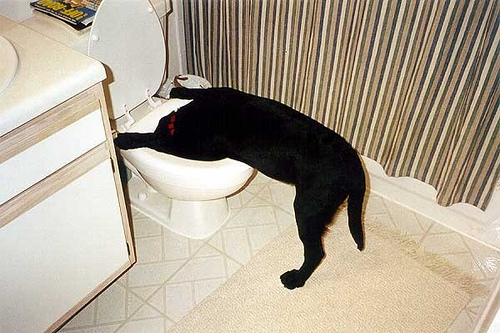For 2008 expect more Linux applications


What will 2008 bring? Many of the answers are unknown, but here's something I'm fairly certain of.
It's going to bring a lot more Linux applications.(This poor guy was found at EntrepreneurMoms. Someone please get him an aspirin.)
The growth of the Linux application space until now has been hampered by a lack of market share, especially on the client side. Many of the most popular Linux applications, like McKesson's medical applications, are in fact proprietary.
This is going to change. Not only will we see more Linux applications, but we're going to see increasing pressure to make those applications available under an open source license, if their makers don't want to lose their markets.
There are several reasons for my confidence in making this prediction:
- Great new development tools, including Eclipse and Adobe Flex, along with new open source competitors like Appcelerator.
- Google's Android, which will need applications in the mobile space to be successful.
- Desktop Linux, which will need to grow its application suite.
- Google's Cloud, which will spur more online application development.
- A continuing desire by enterprises to drive down cost, which will spur not only more acceptance of open source applications, and contributions to them, but the growth of more projects.
The big technology trend of the current day is the merging of markets -- mobile, desktop, server, online -- into one big all-you-can-eat application buffet.
Nothing serves that buffet, at every level, as well as Linux. Linux works well in every niche. This will be the year applications start taking advantage.